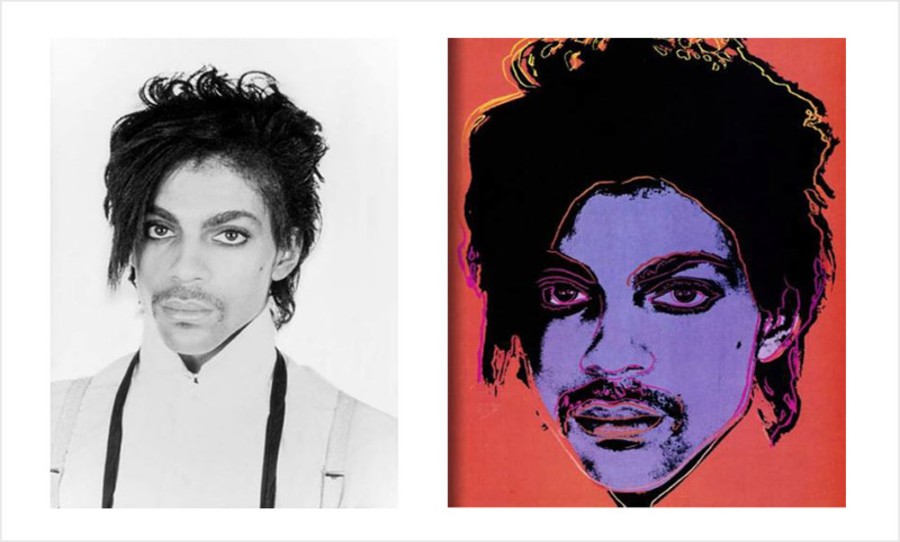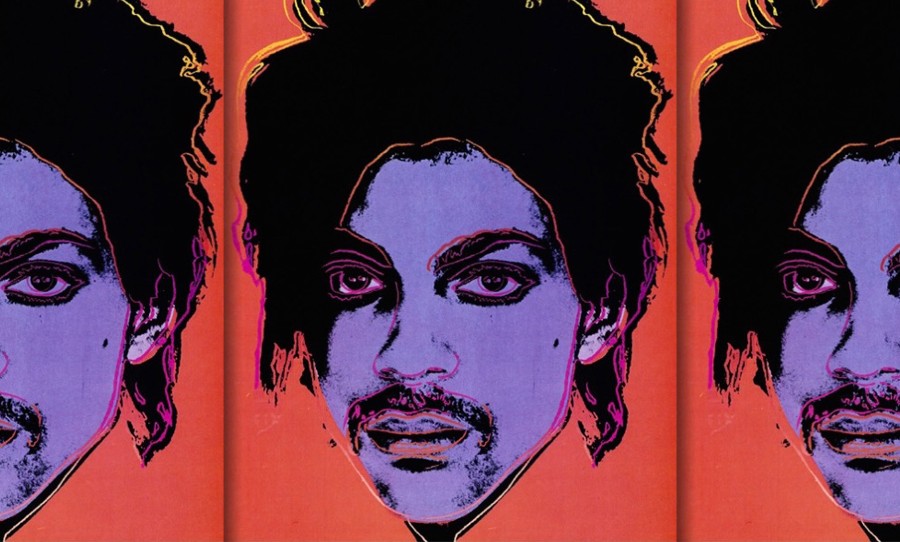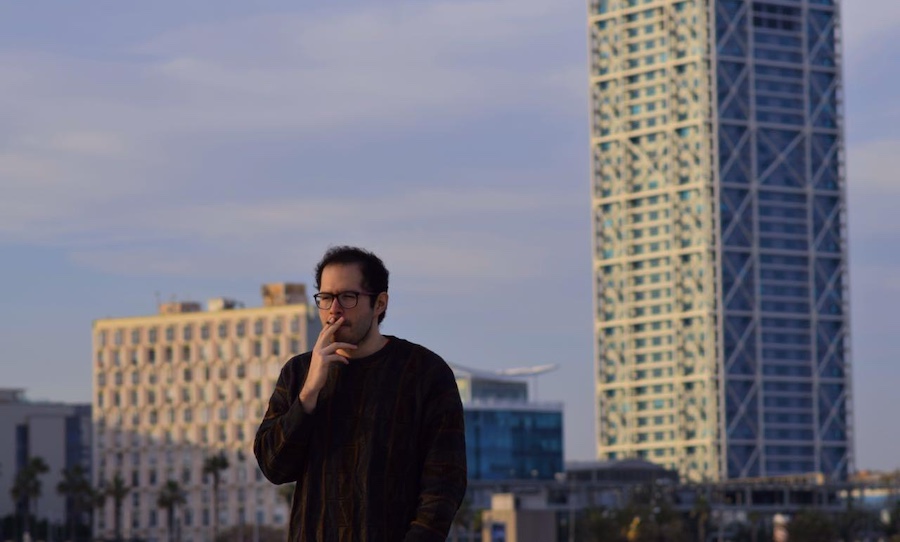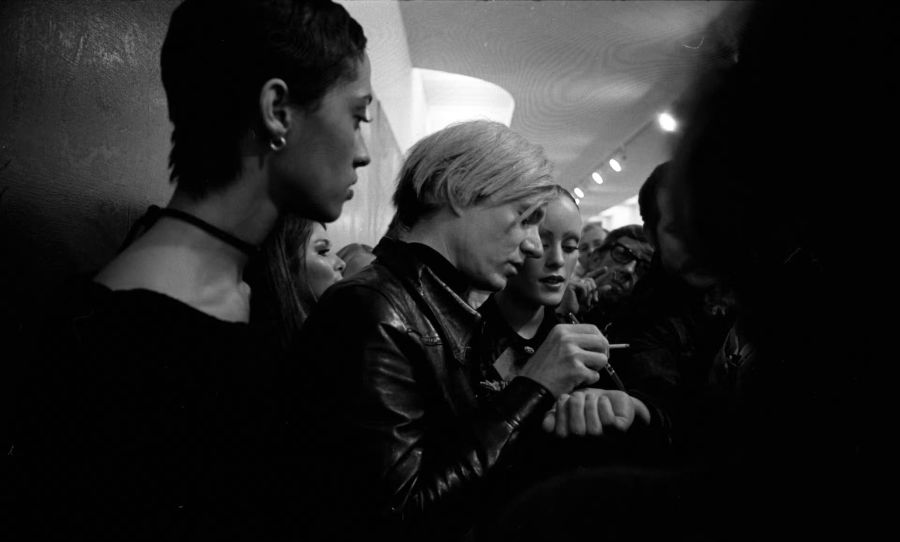In what has been a long, drawn-out affair, it’s now down to the Supreme Court to settle the dispute between the Andy Warhol Foundation and photographer, Lyn Goldsmith.
The Supreme Court has scheduled the case during the Court’s next term, sometime between 2022–2023, and will decide once and for all, whether Andy Warhol meaningfully transformed the original black and white photo of Prince to create new works of art or not.
Which begs the question, when a new work of art is based on an already existing one, just how different does the new work have to be in order for it to be deemed wholly original? The Supreme Court will judge the conflict involving a work by iconic pop artist Andy Warhol and a photo taken of Prince by photographer Lynn Goldsmith in 1981. A decision we imagine will have a great impact on the art world and ownership as we know it.

Lynn Goldsmith originally photographed Prince for Newsweek in 1981. Three years after this image was taken, Vanity Fair licensed the image and commissioned Warhol to produce a stunning series of 16, silkscreen prints based on it. Vanity Fair then repurposed the prints for a cover in 2016, in commemoration of Prince’s passing. This is when Goldsmith started to consider the infringement upon her copyright.
By way of asking for reimbursement, Goldsmith threatened the Warhol Foundation (AWF) with litigation if not properly remunerated, prompting the foundation to respond in kind by applying to the court to defend its rights before Goldsmith and her company Lynn Goldsmith Ltd. (LGL) could.
So this is where the case starts. The U.S. District Court for the Southern District of New York ruled in AWF favour, ruling that the Prince Series was “transformative” as a matter of law. Federal judge, John G. Koeltl said “Goldsmith’s copyright was not violated because the work was transformative and therefore constituted fair use. The works changed Goldsmith’s portrayal of Prince as a “vulnerable human being” and instead depicted him as an “iconic, larger-than-life figure,” the judge said.
Needless to say, Goldsmith appealed, which reversed the initial judgment in March 2021, allowing Goldsmith’s lawsuit to proceed. Judge Gerard E. Lynch cites that Koeltl erred in his judgment, “The district judge should not assume the role of art critic and seek to ascertain the intent behind or meaning of the works at issue”.
Lynch continued that it was clear the Prince Series derived from Goldsmith’s photograph and that the fair use defence for transformative works failed because Warhol’s work “retains the essential elements of the Goldsmith photograph without significantly adding to or altering those elements.” The Foundation responded by claiming that Lynch undermines his own argument in the ruling, that a judge should not play art critic.
Just posted a photo https://t.co/s6VJvmnUG3
— Lynn Goldsmith (@Goldsmithphoto) March 29, 2022
And so it continues. The Supreme Court granted certiorari for the case in late March of this year, to be heard during the Court’s 2022–2023 term. Where the Court will decide whether Warhol, under the fair use doctrine, “meaningfully changed” the original black and white photo of Prince to create new works of art.
The Supreme Court will begin hearing cases for the term on October 3, 2022.
Keen for more Warhol shenanigans? Check out the epic Netflix series, The Andy Warhol Diaries.



